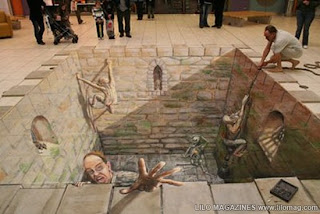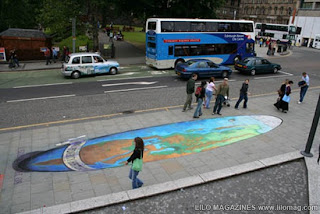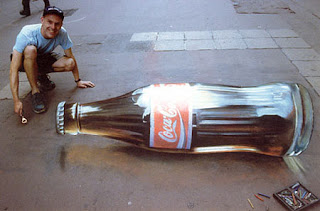One project I particularly enjoyed was the subtractive drawing project. Using the eraser as a tool for constructing my drawing allowed me to see light and shading from a new and different perspective. I liked the sense of carving away elements in order to better define my drawing.
From this class, I am beginning to learn and understand how to compose drawings in a way that conveys a narrative. What makes a piece of art good is its ability to tell a story and evoke some kind of emotion from the viewer. From our last couple of projects, I realized how differently each person can interpret a drawing and how much what you decide to put in your drawing affects the image you are trying to portray. From a technical perspective, the last two projects made me think about all of the elements that contribute to making a drawing look realistic. For examples, since we had to take images from pictures, I was forced to think about where shadows were to be placed when integrating the photos since each photo was different.
An artist that I admire who, in particular, must think about similar aspects (shading, perspective, scale, etc.) on a much different and more complex level is Julian Beever. He is known for his street artist who uses a technique called anamorphosis to create drawings that look 3-D when viewed from a particular angle:





these are absolutely amazing!
ReplyDelete